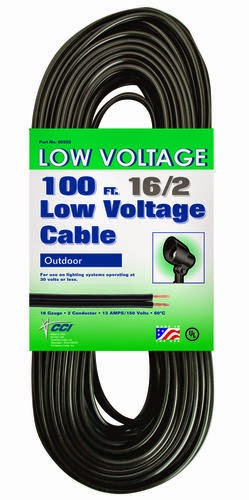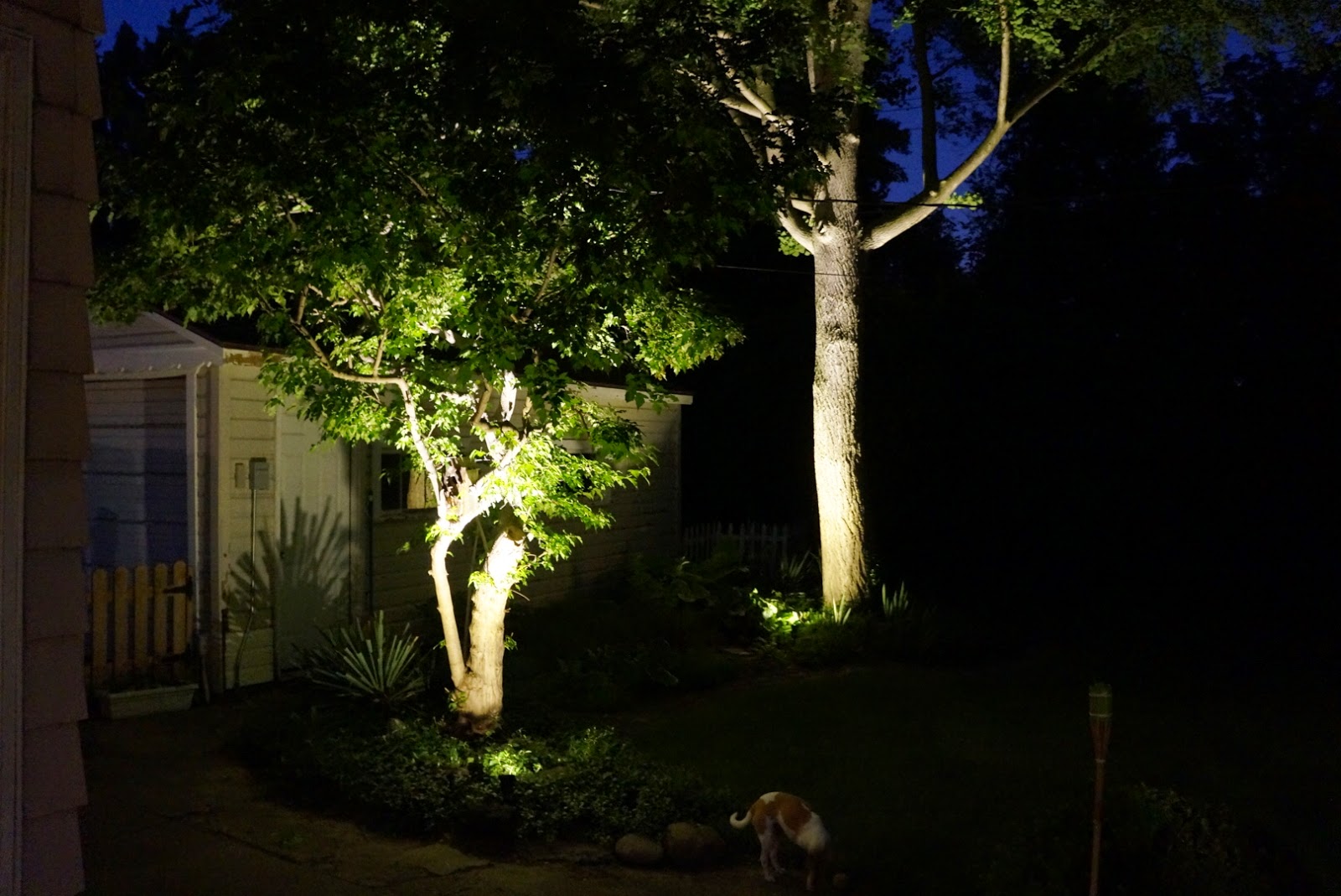Diagnosing a Bad Blower Motor or Blower Motor Control Board
I quickly realized that the blower motor was not coming on. For those not familiar with the different parts of a furnace, the blower motor is what forces the hot or cold air through the duct work and out of your vents.
The normal heating sequence of a gas furnace starting up goes something like this:
1. Thermostat calls for heat (24 volts AC is applied from the R terminal to the W terminal inside the thermostat)
2. Furnace inducer fan starts. The inducer fan creates a draft through the furnace, closing a pressure switch.
3. After the pressure switch is closed for a preset amount of time, the pilot light is lit by an electronic ignitor unit (older furnaces do not have this, and have a standing pilot instead).
4. A bimetal strip located near the pilot light heats up and closes a switch.
5. After this switch is closed for a preset amount of time, the main gas valve is permitted to open and the burners fire up.
6. After a preset amount of time, the blower motor will start and begin to blow the hot air through the ducts.
Step #6 was not happening for me, and the furnace would eventually shut down due to overheating.
In order to verify that the problem was not with the motor itself, I turned the FAN setting on the thermostat to "ON" from "AUTO". This tells the control board to turn on the fan regardless of whether heating or cooling is being called for by the thermostat. The blower motor started up when I did this, so I knew the problem was likely with the control board.
Locating the Control Board
The control board should be located near the blower motor, and is likely concealed by a steel electrical junction box with warning labels on it. If you're not sure where the blower motor is, it should be right next to the air filter. If you don't know where the air filter is....well then you need to find it, and change your air filter! Notice in the image below that there is a spring load switch in the upper left hand side of this compartment. This switch cuts the power to this compartment when the cover is off for safety purposes.
 |
| Furnace Blower Motor Compartment |
After taking off the cover of the steel electrical box, you should see the blower motor control board (see image below).
 |
| Control Power Transformer & Blower Motor Control Board |
The relay on the left was not sending power to the fan when it received the command to do so. After removing the relay, it was no mystery why. See below.
 |
| Burned up relay |
Removing the Control Board
The board was held on with (2) 1/4" hex screws near the bottom. In fact, it seems like every fastener on my furnace is 1/4" hex. I'm guessing this is the industry standard. I made sure to take note of where the existing wires were terminated.
 |
| Thermostat, humidifier, and A/C control wire terminations |
There is also a plug connector where the board sends and receives control signals to the other components. This pries out easily.
 |
| Plug connector pries out |
 |
| Plug connector removed |
Installing a Replacement Control Board
I was able to find a brand new replacement board made by ICM on eBay for $45. The replacement board has some additional features, a fuse for protection against short circuits, and modern electronic components.
 |
| Old board on the left, new on the right |
Looking at the back of the circuit board, notice that there are circuit board traces going through one of the screw holes. It is important to make sure the board is screwed in at this point, as it is grounding the board to the furnace enclosure.
 |
| Control board grounding point |
There are many wires that need to be terminated on the new board. The thicker wires will have spade connectors on them, which allow them to be easily plugged into the terminals on the board. The board will also have a few letters next to each connector to indicate what should be plugged in where. See below for the 120V connections on the new board.
 |
| New control board 120V connections |
LO: This is the red wire that goes to the blower motor. This terminal is energized when the low speed of the blower motor is called for by the heating cycle.
HI: This is the black wire that goes to the blower motor. This terminal is energized when the high speed of the blower motor is called for by the cooling cycle, or by the fan "ON" switch on the thermostat.
PR1: This stands for primary #1, referring to the primary side of the control power transformer. The black wire from the transformer gets terminated here.
L1: This stands for line #1, and gets connected to the incoming hot wire of the 120V circuit, which is the black wire
PR2: Primary #2. The white wire from the transformer gets terminated here.
L2: Line #2. The neutral wire (white) of the incoming 120V gets terminated here.
COM: Common. The white wire from the blower motor gets terminated here.
SEC1 & SEC2 (not pictured): Secondary #1 & #2. This is the 24V which power the control circuits. The red and blue wires, respectively, get terminated here.
The thermostat wires also need to be terminated to the new board. Here's the industry standard color code:
White -----> W Heat
Yellow -----> Y A/C
Green ------> G Fan
Black -----> C Common
Red -----> R +24V
Go here for a much more in depth discussion of standard colors and terminal designations.
End Result
Success! The new control board works as expected, and we saved a few hundred dollars by not calling out a tech.
DISCLAIMER: I am not a certified HVAC technician. This information is not representative of all furnaces, nor is there any guarantee of the accuracy of this information. Wire colors, while usually following the industry standards, can be different. If you are not comfortable with basic wiring concepts or the basic operation of a furnace, call a certified HVAC technician. ALWAYS turn off the furnace power circuit before working on it.





































